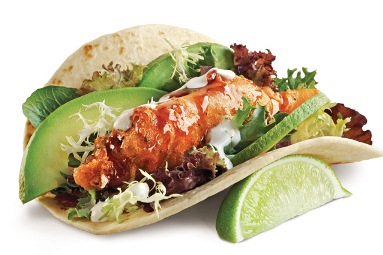Guest Speaker: An (ACF Chapter) Affair to Remember
Saturday, 31 March 2012 20:00
 A member of the American Culinary Federation’s chapter in Atlanta lauds the personal and professional value of attending a well-developed and executed monthly meeting.
A member of the American Culinary Federation’s chapter in Atlanta lauds the personal and professional value of attending a well-developed and executed monthly meeting.
by Eric Karell, CEC, AAC
I attended the April meeting of our chapter not really knowing what to expect. The last time I attended an ACF Greater Atlanta Chapter Inc. meeting was at least three years ago when I hosted the President’s Gala at the Atlanta Athletic Club. Even though it was a beautiful spring evening and I was fairly tired from a busy weekend, I decided to drive the nearly 30 miles to the Halperns’ Purveyors of Steak and Seafood’s kitchen, research and training facility.
I was greeted warmly by some old friends at the door, Halperns' employees I have known for a dozen years. They gave me a raffle ticket and informed me there would be a drawing for some boxed steaks at the end of the meeting. Sounded promising.

 As revealed at this year’s IACP Conference in New York, on the map, but off the beaten path, is where today’s food trends are emerging.
As revealed at this year’s IACP Conference in New York, on the map, but off the beaten path, is where today’s food trends are emerging. National advisory board recommends a more-modern approach to culinary education for the 16 schools in the United States.
National advisory board recommends a more-modern approach to culinary education for the 16 schools in the United States. Many students arrive for class thinking they don’t need to know about beverage because they deal with food. Here’s why they’re wrong.
Many students arrive for class thinking they don’t need to know about beverage because they deal with food. Here’s why they’re wrong. At The Culinary Institute of America, a final-semester project to plan and execute an event marketed to the public is one of the most rewarding parts of students’ educations.
At The Culinary Institute of America, a final-semester project to plan and execute an event marketed to the public is one of the most rewarding parts of students’ educations.